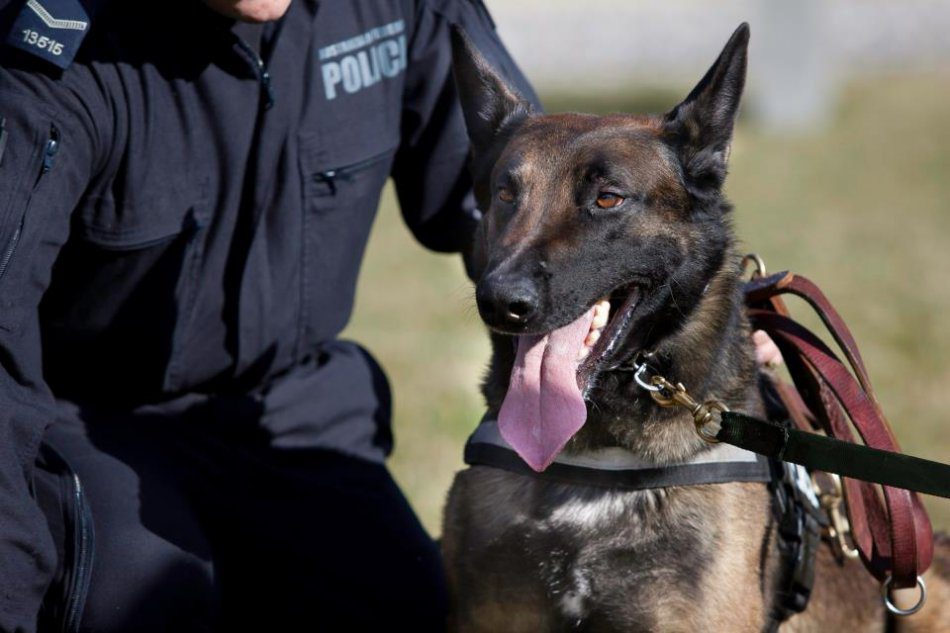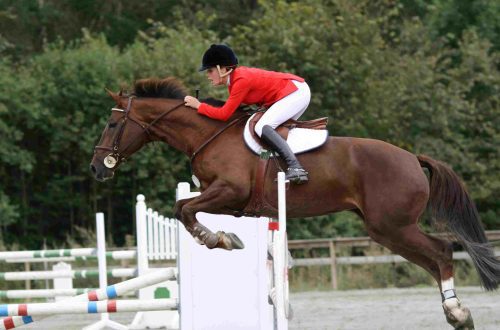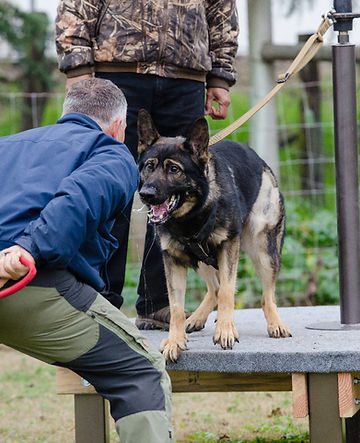
How to prepare your dog for an IPO competition
IPO competitions are becoming more popular and attracting more and more people. Before starting classes and choosing an instructor, it is worth knowing what an IPO is and how dogs are prepared for passing the standard. 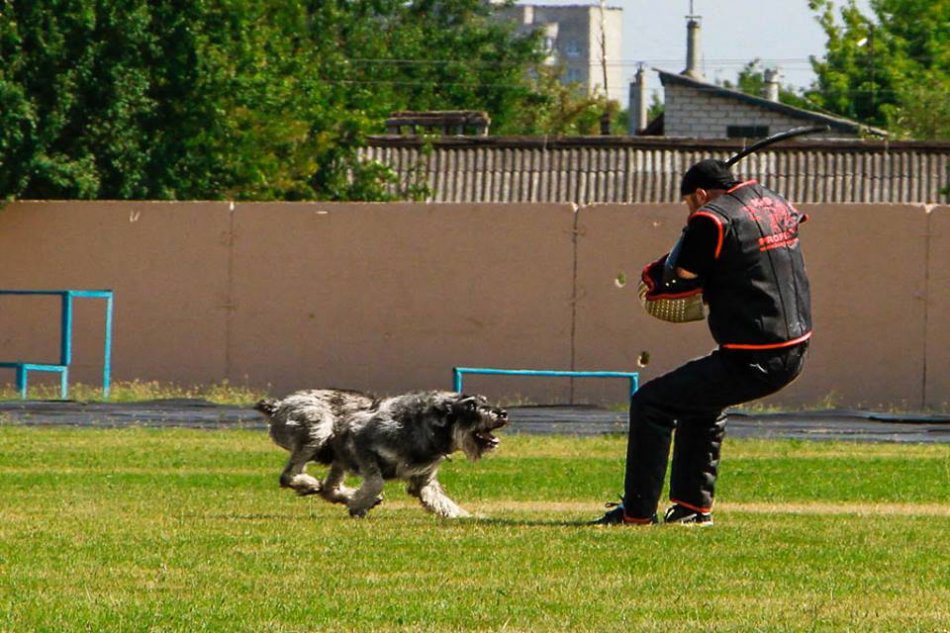
Contents
What is an IPO?
IPO is a three-tier dog testing system, which consists of sections:
- Tracking work (section A).
- Obedience (section B).
- Protective Service (Section C).
There are also 3 levels:
- IPO-1,
- IPO-2,
- POSITION-3
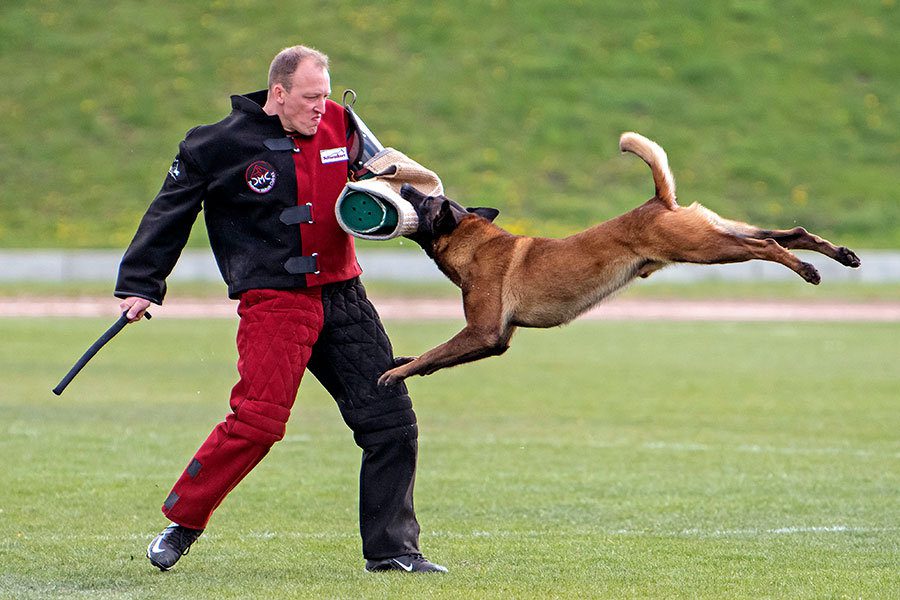
What do you need to get into the IPO competition?
First, you need to buy a dog that can potentially be trained in this standard. In the first 18 months, the dog is preparing to pass the standard BH (Begleithund) – a manageable city dog, or companion dog. This standard can be taken by all dogs, regardless of breed. In Belarus, BH tests are carried out, for example, within the framework of the Kinolog-Profi Cup.
The BH standard includes obedience on a leash and without a leash and a social part where behavior in the city is checked (cars, bicycles, crowds, etc.).
The grading system in BH, as well as in the IPO, is based on a quality score. That is, how exactly your dog performs certain skills will be evaluated: excellent, very good, good, satisfactory, etc. A qualitative assessment is reflected in points: For example, “satisfactory” is 70% of the assessment, and “excellent” is at least 95%. The skill of walking nearby is estimated at 10 points. If your dog walks perfectly, then the judge can give you a mark in the range from the upper to the lower limit. That is, from 10 points to 9,6. If the dog, according to the judge, walks satisfactorily, you will be given about 7 points. The dog must be sufficiently motivated and attentive to the actions of the handler. This is the main difference between IPO and OKD and ZKS, where the main thing is to achieve submission from the dog, and not to interest it. In an IPO, the dog must show a willingness to work.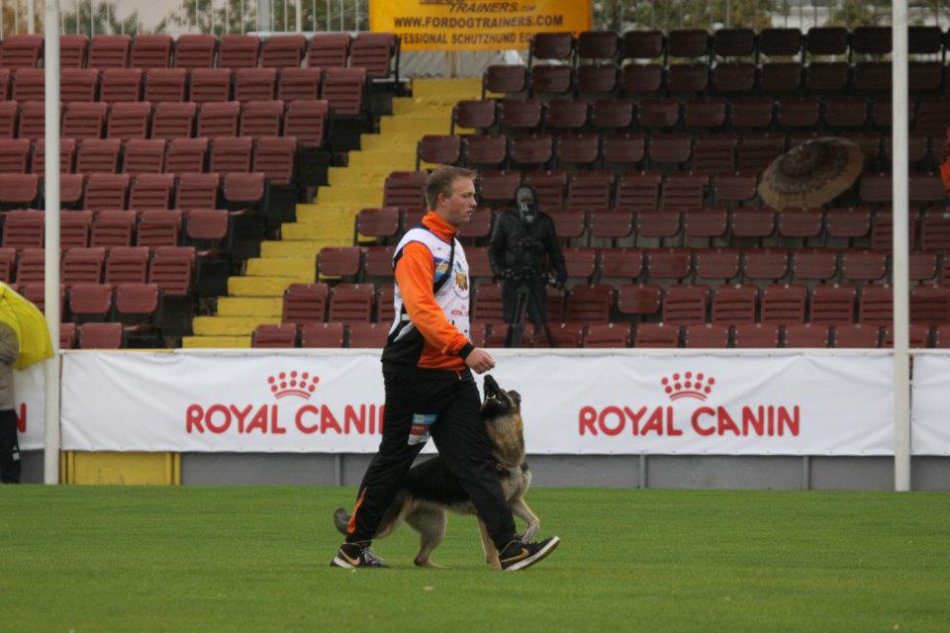 After passing the BH standard, the preparation of the dog for the IPO standard continues. Remember that passing the IPO standard, like passing any other standard, does not at all guarantee that your dog, for example, can be considered protective. The fact is that a dog is born a protector or is not born by him due to genetic inclinations. The essence of the standard is to teach her to work correctly: to make the right grips, to follow the commands of the handler, even at moments of a high level of excitement. So that the dog is primarily guided not by instincts, but by the ability to hear his guide.
After passing the BH standard, the preparation of the dog for the IPO standard continues. Remember that passing the IPO standard, like passing any other standard, does not at all guarantee that your dog, for example, can be considered protective. The fact is that a dog is born a protector or is not born by him due to genetic inclinations. The essence of the standard is to teach her to work correctly: to make the right grips, to follow the commands of the handler, even at moments of a high level of excitement. So that the dog is primarily guided not by instincts, but by the ability to hear his guide.
What methods are used to prepare dogs for IPO requirements?
Naturally, positive reinforcement is used. But, in my opinion, it is not enough. In order for a dog to understand what “good” is, it must know what “bad” is. The positive should be a deficit, and the negative should cause a desire to avoid it. Therefore, in an IPO, again, in my opinion, it is impossible to train a dog without negative reinforcement and correction. Including using the means of radio-electronic training. But in any case, the choice of training methods, and the selection of appropriate tools, depends individually on each specific dog, the skills and knowledge of the handler and trainer.